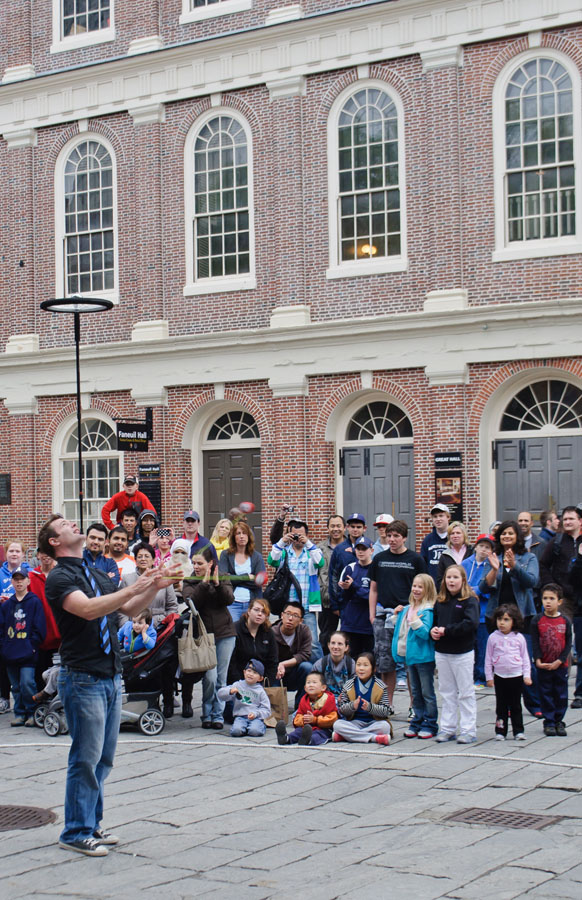Ahearn’s early career included teaching at Boston Architectural College and designing for the Architects Collaborative and Benjamin Thompson & Associates. At the latter, he had the good fortune to work on the adaptive reuse of Boston’s Faneuil Hall Marketplace. Reinventing empty eighteenth- and nineteenth-century commercial buildings and turning the spaces between them into public outdoor places, he helped create the first so-called festival marketplace in the country. To do so, he and his colleagues developed a script that imagined how visitors could experience the reborn district. The success of this approach at Faneuil Hall proved to Ahearn the ability of narrative-driven architecture to build community. By weaving a storyline, he crafted an environment that was more inviting, engaging and authentic than it otherwise might have been.

Lessons from Faneuil Hall continue to impact Ahearn’s architecture. At Faneuil Hall, Ahearn learned to blend the indoors and outdoors completely to make the transition almost disappear, using garage doors that raised to open retail spaces into pedestrian corridors. Similarly, today, he uses Nana doors on cabanas to open those structures to backyard activity. In addition, at Faneuil Hall, the same paving material was consciously used inside and outside, a detail which Ahearn still uses today in residential outdoor living spaces.


In addition, he learned the importance of moments of delight. At Faneuil Hall, those elements were intentionally programmed throughout outdoor spaces, like a circular granite scenario where a juggler might stand, or a space where you might find street performers. Today, he incorporates those moments in his designs, via items like sculpture in a motor court or a quiet hidden courtyard behind the bustle of a party barn’s fireplace.

Last, Faneuil Hall taught Ahearn the importance of considering outdoor living as a year-round experience. As a 365-day destination, Faneuil Hall was programmed seven days a week, day and night. As a result, as Ahearn now designs structures and residences for clients, he considers outdoor living spaces not only for summer months, but for year round enjoyment, and approaches transitions from those spaces into his architecture such that they will provide function and enjoyment all year long.
